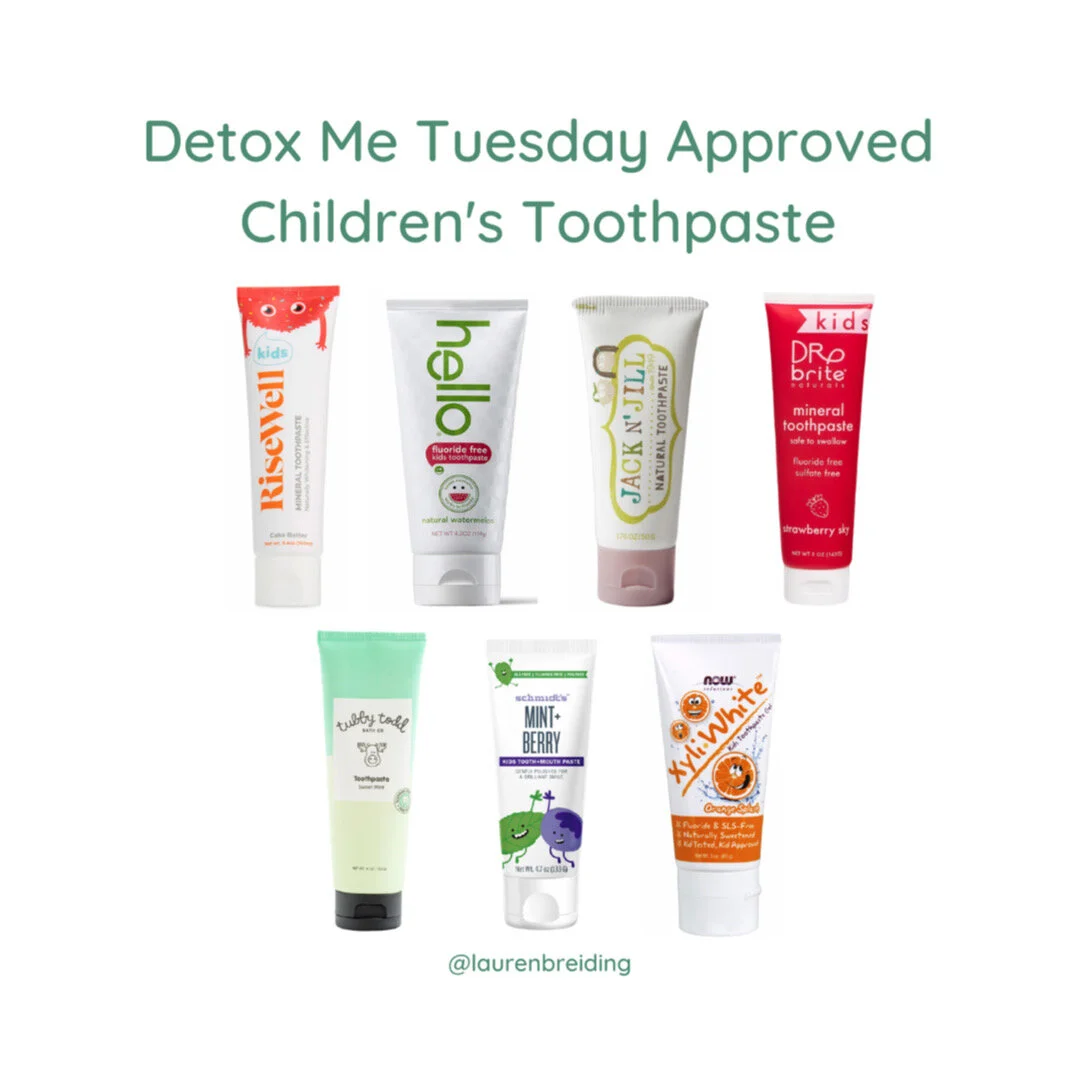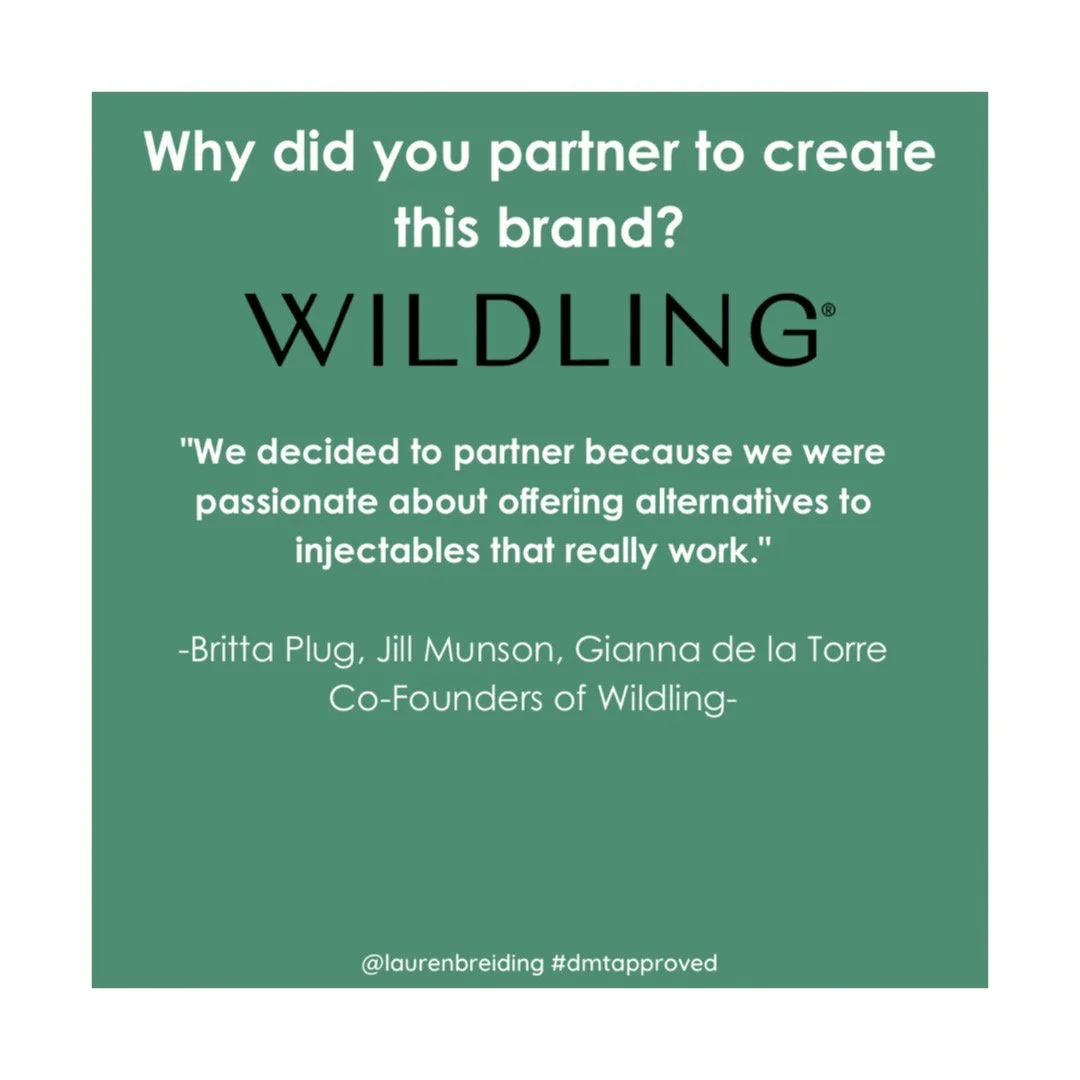#doitbetterbrand Interview - The Dough Project
After seeing the power of making playdough in her classroom, Chelsea set out to bring kid-powered play into the home. Her beautifully designed product features completely safe ingredients and education to help parents enjoy creating at home. The Dough Project offers sets of dough and a DIY kit to create at home with your little one. The color comes from real food like turmeric and beets and the dough is made up of a few simple ingredietnts: wheat flour, sea salt, cream of tartar and vegetable oil. I hope you enjoy this interview with Chelsea, the founder of The Dough Project, as much as I did! Shop HERE and use code doughpal10 for 10% off your first order!
A part of your mission with The Dough Project is to bring the magic of kid-powered play into the home. What does that mean exactly?
As a classroom teacher, I saw how powerful it was for children to play with open-ended materials. It supported their language development, problem solving skills and creative thinking among other things. For non-educators, the concept of open-ended or kid-powered play, where there isn’t necessarily a set of directions or a how-to guide can be super abstract and intimidating. I wanted to make it easier and more accessible for parents to provide these experiences for their kids at home. It can be simple and easy if you have the right materials on hand.
How did you choose playdough as the product you wanted to offer?
In my classroom, playdough was a staple. I taught preschool for about 10 years and probably made playdough with my classes every single week for 10 years! Playdough is a material that can be shared and enjoyed by everyone. When I was thinking about how to “package up our classroom magic” playdough was a no brainer. It’s great for supporting sibling play between kids of different ages , and can be used again and again in a million different ways. It’s a material that grown-ups are already familiar with too, so from the get-go, it takes away a lot of hesitation from diving in and trying out a new way to play.
Why was it important to you to make your play dough out of natural ingredients?
Children thrive when they’re given autonomy over their play (that’s the kid-powered part.) When parents can let their children play uninterrupted, without stopping their flow and exploration, the experience is that much richer. Using all natural ingredients allows parents to worry just a little bit less knowing that if their kid sneaks a bite, it’s not the end of the world. I always like to say, ‘When you worry less, they play better.” Plus, I liked the added learning aspect for kids to understand where food and play materials come from. We added illustrations of each color ingredient to the lids for this little bonus lesson.
I love the way you speak about balancing the contradiction of childhood and parenthood. Can you dive into that? How do we value independence alongside relationship building and bonding?
I love this question because it is so hard to find that balance. Ultimately, we all want to raise resilient kids who grow into strong, independent adults, but the littles are only little for a little while, and we want to bond and connect. I find the best place to find that balance is through play. Play is how kids bond, connect, communicate and also learn and develop important life skills. Be silly, laugh, put playdough on your nose-get those snuggles and smiles in. And at the end of playtime, you can support your children with strong boundaries that support a transition or clean up routine that helps them further develop their independence.
What is the best way to communicate with children during play time so that it enhances their experience?
An early childhood professor I had once said to me “If you want your kids to talk to you, make comments - don’t ask questions.” This was the single most important learning of my entire education. When you ask questions, you get answers, when you make comments, you start conversations. So for example, instead of, “What are you making?” Say, “I notice you made a long snake shape.”
Keep your language descriptive and open-ended.
“Tell me more about this part of your design.”
“I see a big ball and a little ball”
“I’m using red dough. You’re using blue dough.”
“I wonder what will happen if we squeeze the dough like this.”
This type of language, describing what you’re doing, making noticings, framing your thoughts as wonderings create a “pressure-free” play environment and make our children feel safe to explore. You know when you’re on a date and you’re just getting questions fired at you? This is the opposite of that.
What is one piece of advice you have for the mama that feels overwhelmed when she thinks about everything their child “should be learning?”
I’m a big believer that your job as a mama is to love and support. Full stop. Play is the absolute best thing we can do for our kids because it will instill a lifelong love of learning - the skills will come. Play is how our kids make sense of the world around them- the more you play, the more they will wonder, and the more they will learn.










